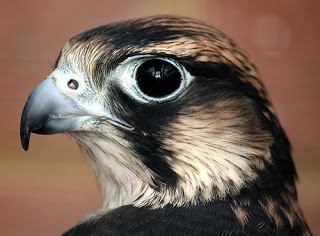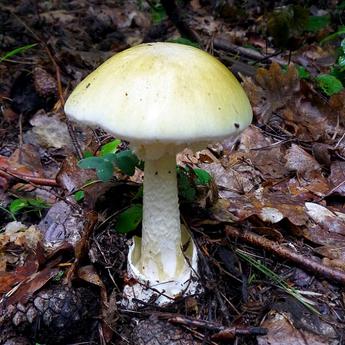If you find yourself in the mid-United States to northern Canada this time of year, you may be witness to the final days of occupation in this area for Botaurus lentiginosus, the American Bittern. From early May through the summer, the American Bittern spends its breeding months in the Mid-US to northern Canada, occupying nest sites chosen and constructed by the female Bittern of the mating pair. For the duration of the egg-laying period, the female Bittern will lay one egg each morning, with the incubation period lasting 24 to 28 days. Once the mating season ends, the American Bitterns find their way to the south Atlantic coast across the Gulf coast and west to southern California for the duration of the wintering months, although some populations living in regions with milder temperatures appear to actually be non-migratory.
Continue reading













